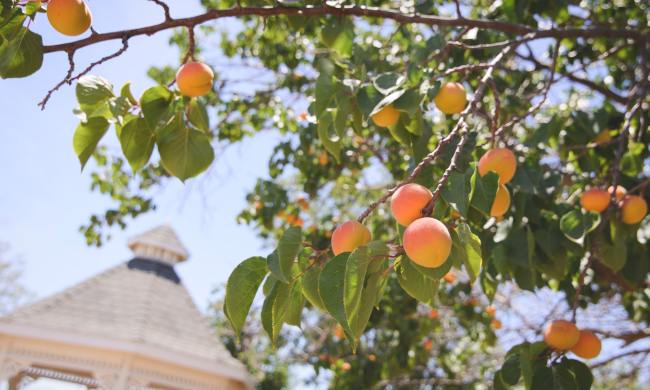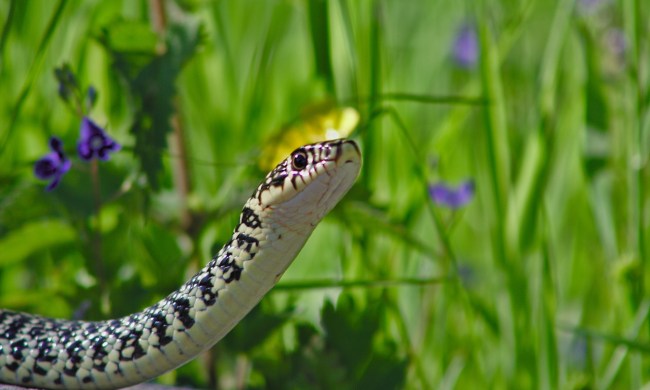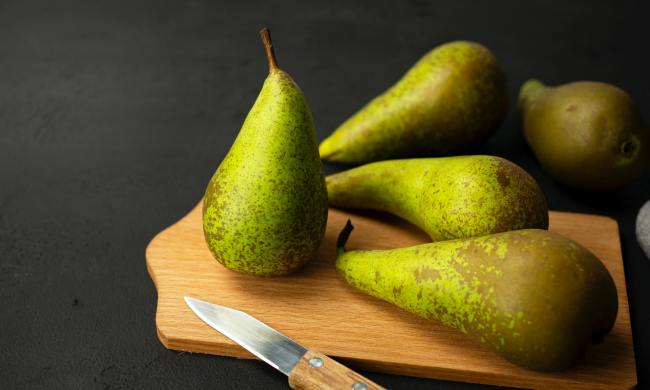It seems there is no longer an excuse for someone not to garden. In the past, those in apartments or with small yards couldn’t find ways to grow veggies at home. Now we not only have hydroponic systems, but we have different versions of hydroponic systems that could suit almost anyone’s needs. The Dutch bucket hydroponic system is a solution for those with small spaces, limited resources, or for those looking to try something new.
What is a Dutch bucket hydroponic system?
To put it simply, Dutch bucket hydroponic systems are just like any other hydroponic system except with buckets. Typically, in traditional hydroponics, the plants sit in a pipe or bed where the water flows through. With Dutch bucket hydroponics, the plants sit in buckets, and the water is pumped from a nutrient solution base and dripped over the roots. The water then flows down the plant, into the bucket, and out the drainage pipe at the bottom of the bucket. The buckets used are usually 3- to 5-gallon bato buckets, but standard buckets with PVC pipes also work.
Many types of growing mediums can be used in Dutch bucket hydroponics, including perlite, vermiculite, hydroton, coconut, and expanded clay pebbles. Some growers even use a mixture of all these mediums; this depends on their space, the plants they’re growing, or their preference.
Not all plants can be grown in a hydroponic system, which is also true for Dutch bucket systems. The best plants that thrive in a Dutch bucket system are peppers, potatoes, tomatoes, squash, cucumbers, and pole beans. These plants require a lot of nutrients to grow their large fruits, and the hydroponic systems are ideal growing conditions.
Benefits of Dutch bucket hydroponics
Using a Dutch bucket hydroponic system is excellent for fruiting and vining plants and allows the plants to produce more fruit than traditionally grown plants. These systems are also space-saving options for those with limited growing area. They can also be easily scaled up or down depending on the grower’s needs. Adding on additional piping or buckets isn’t a massive headache once the system is already set up.
One of the lesser praised benefits of Dutch bucket hydroponics is that growers can place it on raised benches. This is ideal for those with sore backs or limited mobility.
The fact that Dutch bucket hydroponic systems use one reservoir that recirculates the water means there isn’t much water loss when feeding the plants. Conventional gardening with soil can mean lots of water is utilized that isn’t always used by the plants. This can raise water bills and feel wasteful to many gardeners. With Dutch bucket hydroponics, you use the same water repeatedly before needing to change it out. This saves time and money.
One of the best things about Dutch systems is how easy they are to get started. Other hydroponic systems can seem intimidating, but the Dutch bucket system is simple and accessible even for inexperienced growers. An option that allows more people to grow while also being more eco-friendly by saving water is a win-win.
Downsides to Dutch bucket systems
Although there’re aren’t many, there are still a few concerns about the Dutch bucket hydroponic systems that need to be considered. For example, the one reservoir for all the buckets makes it easy to test and regulate the nutrients, but it also allows for any diseases to spread quickly. If one plant has a virus, it’s likely the rest of the plants on that system will have the same virus before you even notice. This can cause huge losses to your crops. Try to avoid to this by checking on the plants daily and look for any signs of disease or distress.
While it’s easy to set up and get going, there is a bit of a learning curve for regulating the nutrients and understanding the different ways the plants react. Other things to learn are how to support the plants as they grow, how often growers should feed the plants, and the amount of nutrients that need to be dripped onto the plants.
How to know if Dutch bucket is right for you
Almost any grower could benefit from a Dutch bucket hydroponic system. They are easy to use, grow bigger fruits faster, and don’t take up a lot of space. If you’re looking to expand your garden but you don’t have much room to work with, a Dutch bucket hydroponic system might work for you. Or, if you’re new to gardening, you don’t have space for a soil garden, and you want to start small, a Dutch bucket system might be a fantastic place to begin your gardening journey. They are easy to keep clean, so they can even be set up in living rooms, kitchens, basements, or spare bedrooms.
With the Dutch bucket hydroponic system, there’s really no good reason not to start your own garden anymore. Limited space and limited experience are no longer an issue. So, roll up your sleeves and get those veggies to growing so you can enjoying fresh, homegrown produce in no time!




